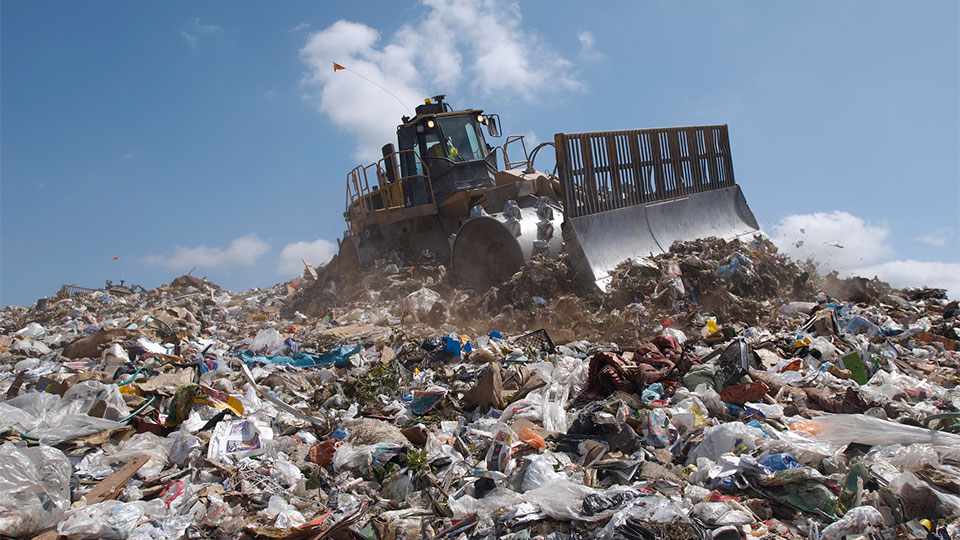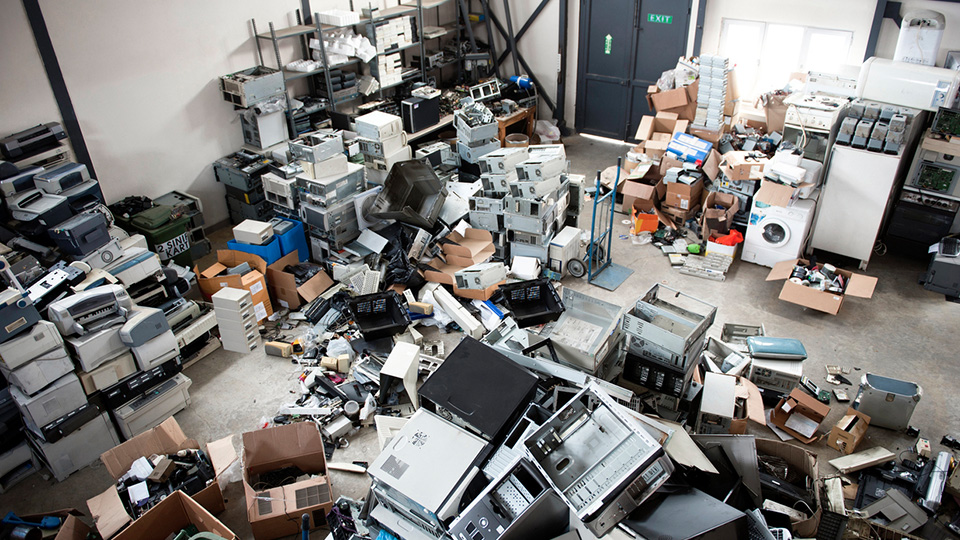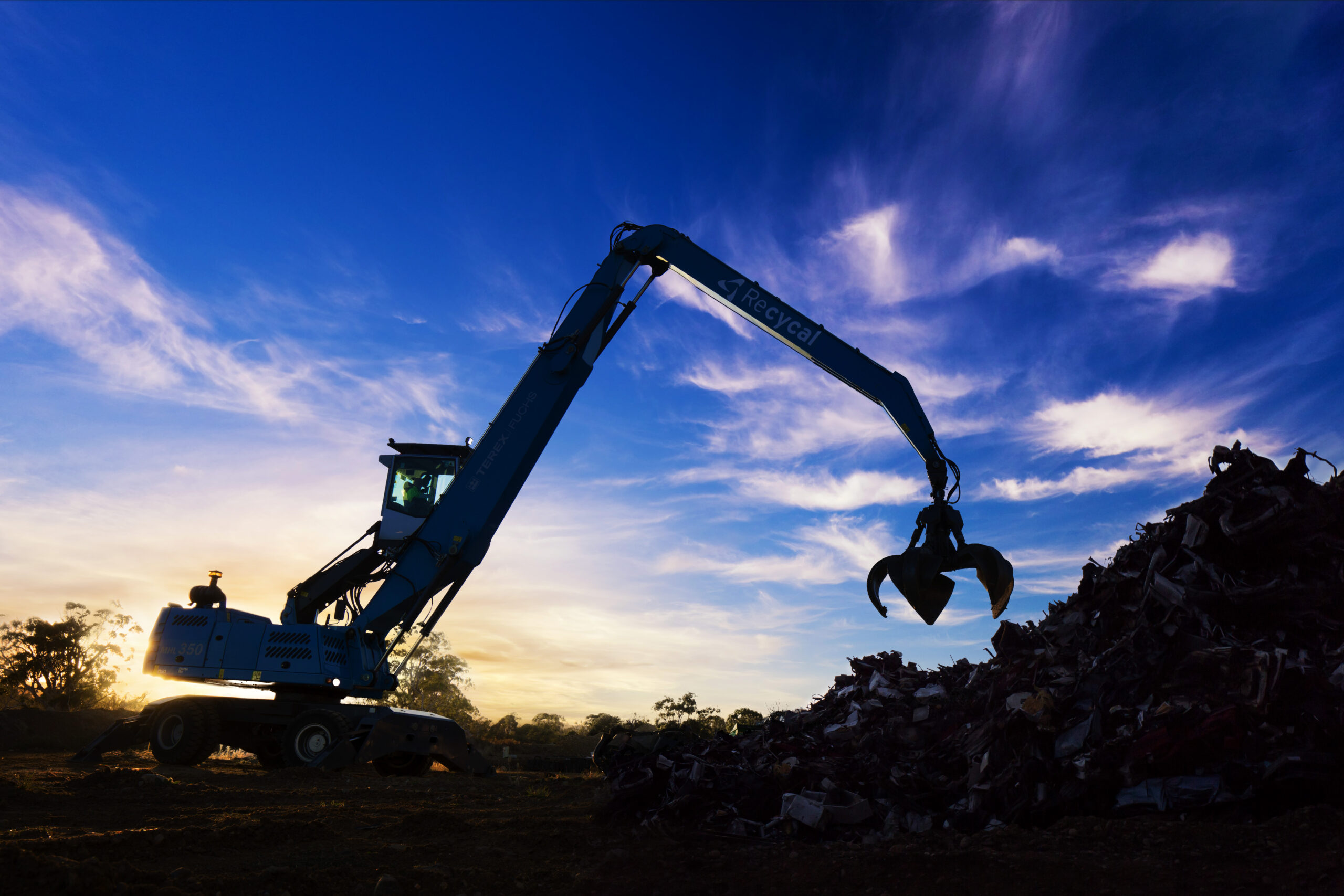Most states and territories in Australia charge a levy on the disposal of waste to landfill. The exceptions are Queensland and the Northern Territory.
The purpose of the levies is to make it relatively more expensive to dump waste in landfill, and relatively cheaper to recycle.
The levies also allow governments to provide grants to the recycling industry, allowing greater investment in new recycling facilities.
The downside of landfill levies is that they have been associated with an increase in illegal dumping.
And even for legitimate operators, it can be economically tempting to transport waste long distances to avoid levies.
In the absence of levies, Queensland has become something of a dumping ground for waste from other states.
In fact, interstate waste accounts for about 10% of the material going into Queensland landfills – that’s thousands of truckloads of waste travelling hundreds of kilometres to Queensland landfills.
Imagine the carbon emissions resulting from that. It’s also a large amount of potentially valuable materials that are not being made available to the recyclers.
And it’s placing a financial burden on Queensland’s local councils. Ipswich Council, for one, is finding that it makes no money from commercial waste operations, and is calling for the introduction of a waste levy.
Actually, that should be ‘re-introduction’, as Queensland did have a waste levy for an 18-month period starting in 2013. It lead to a spike in recycling rates that was reversed when the levy was dropped.
Ecocycle Business Development Manager Daryl Moyle has his own concerns about what is happening in Queensland.
“We are aware of various reports of lighting and other mercury-containing waste being moved to cheaper landfill areas,” he said.
“Given the potential for mercury to leach from landfill, we are very concerned about the impact on the broader Queensland environment.”
Clearly, if Queensland wants to extricate itself from its dumping ground status, it needs to bring back its landfill levy. Other states have demonstrated their effectiveness, with waste diversion rates rising in line with increases in levies.
While it’s at it, Queensland should also look at following South Australia and Victoria in banning the dumping of mercury-containing waste in landfill as a practical way of protecting its own environment.
The waste disposal industry is very competitive. Where cheaper opportunities for disposal exist, many operators will exploit those opportunities, even if they come with a high environmental price tag.
Queensland’s experience illustrates just how important it is to have a nationally consistent set of levies. This would minimise the differences in landfill disposal costs between states and remove the incentives to ship waste to the Sunshine State.





